Discover more about New Zealand wines as Round and About’s columnist, Giles Luckett, shows there’s more to offer from the islands than Sauvignon Blanc…
Hello. I’ve been on a voyage of wine (re)discovery over the past few weeks. As you may remember from school geography lessons, the world is a pretty big place. And amongst this pretty big place are an increasing number of wine-producing countries. So many in fact that even the hardest drinking, sorry, tasting, wine professional can miss things. Regions you once followed closely slip into the periphery only to draw you back with a wine so startlingly good that you discover it anew. This is what happened to me a few weeks back when I was asked to sample some new-style New Zealand wines, including an unexpected and breathtaking Syrah, which has prompted me to create this top ten New Zealand wines list.
New Zealand: A Brief History of Wine
When I joined the wine trade in 1993, New Zealand wines – particularly Marlborough Sauvignon Blanc – were everywhere. Cloudy Bay had launched in 1985 and its full-throttle, super-intense “cat’s pee on a gooseberry bush” style led Oz Clarke to deem it the world’s best Sauvignon. The drew everyone’s attention to the wines of this cool climate land. Soon other regions on the North and South Island became known, and everything from buttery Chardonnay to strikingly elegant Pinot Noir became the biggest things from New Zealand to hit the UK since Crowded House’s Woodface.
Sauvignon ruled the roost. Harrods sold Cloudy Bay on allocation to a (very) select few, and other leading estates such as Wairau River, Esk Valley, Villa Maria and Te Mata also became hugely sought-after. Inevitably, over time tastes and fashion changed, and just as Australia had its ABC (anything but Chardonnay) backlash, so New Zealand saw the rise of the ABS (anything but Sauvignon) league.
A fire had been lit, however, and while Sauvignon’s star burned less brightly, the amazing possibilities of this emerging wine nation weren’t going to be left to wither on the vine. New varieties were planted, site selection explored, and winemaking innovation deployed to produce a crop of wines that were as exciting as those early Sauvignons.
My recent reappraisal of New Zealand wines proved revelatory, and here are my top ten New Zealand wines. And you know what, there’s not a varietal Sauvignon in sight…
Top Ten New Style New Zealand Wines
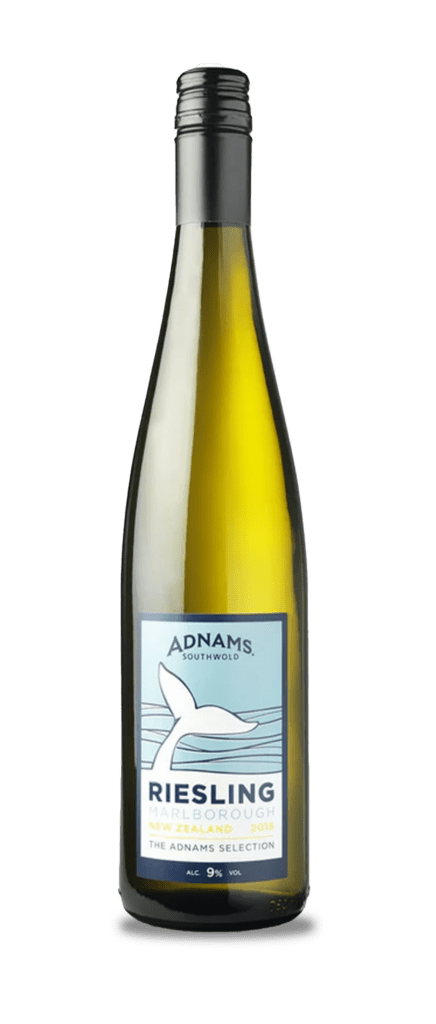
First up, a Riesling, the Adnams Marlborough Riesling (Adnams £9.99). Marlborough is a cool climate area on the northern tip of the South Island. While it’s best known for its Sauvignons, it’s varieties like Riesling that are now getting the wine world juiced up. Adnams’ is made in the European style and weighs in at just 9% alcohol. This leaves some residual sugar which serves to balance the bright, lemon and lime acidity, and green apple and white currant fruit. Delicious on its own, it’s even better with poultry, white fish, or seafood.
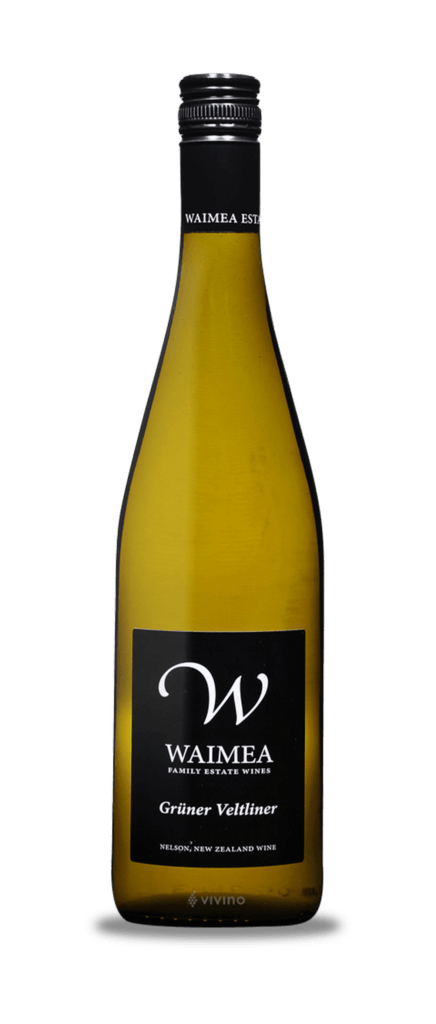
Staying on the South Island, but moving to the edge of the Tasman Bay we have the small region of Nelson. This is another home for vines that like cooler climes and it’s given us the Waimea Estates Grüner Veltiner 2021 (Majestic £10.99). Gruner is Austria’s most acclaimed white grape, one that’s finding flavour in California, Australia and, excitingly, here in New Zealand. This too has been left with a little residual, and here it gives a tropical fruit tone with a tangy, fresh, rhubarb and lemon finish. I thought this was lovely on its own, but I can see it being superb with oriental dishes.
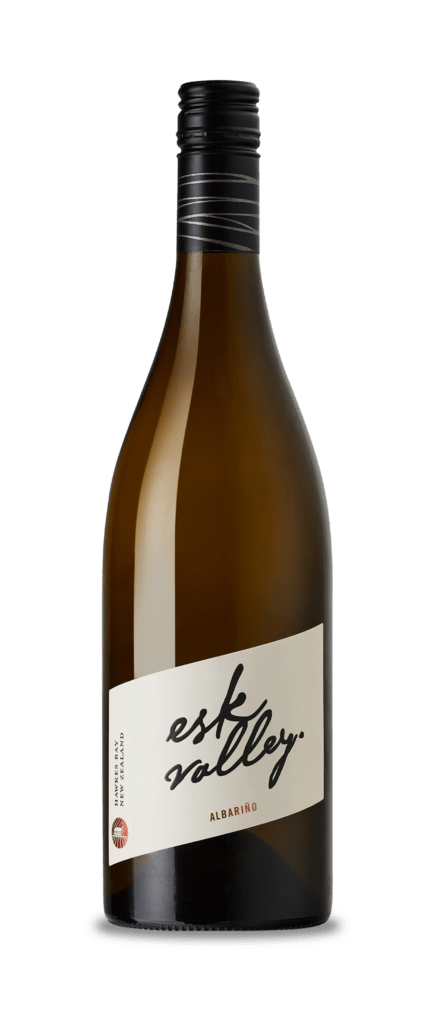
My next pick is the Esk Valley Artisanal Albariño (Noble Grape £12.99). Hawkes Bay lies to the east of the North Island and is best known for its red blends – if you ever get offered a glass of Esk Valley’s Terraces (£95), a blend of Cabernet Franc, Merlot and Malbec grab it, (and the bottle if you can). It’s amazing and worth every penny. Esk Valley’s Albariño is pretty special too. While Albariño is most closely associated with Portugal and Spain where it’s favoured in celebrated seafood restaurants, it’s made itself at home in New Zealand. Classically styled, it has masses of freshness, is clean as a freshly polished whistle and boasts flavours that range from grapefruit and lemon to melon and stone fruit with a yeasty, savouriness to the finish. A superb aperitif, this is a wine with hidden depths. Give it a couple of hours open and it will bring out the best in creamy cheese dishes and poultry such as guinea fowl as a peachy, apricot tone adds depth and complexity.
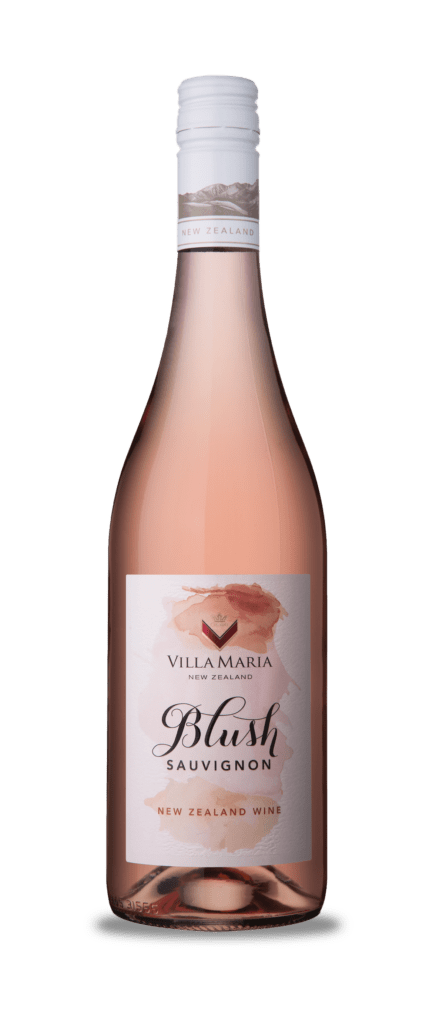
And so we come to the first two rosé wines. The first is the Villa Maria Sauvignon Blanc Blush (Asda £8). I said there was no varietal Sauvignon and the addition of Merlot to give this colour has saved my blushes. While there’s a lot of Sauvignon character, it’s softened and rounded out by the plum, rose petal and cherry notes from the Merlot. Beautifully coloured, bright, and bursting with energy, this is great fun and was made for good company in the sunshine.

While Cloudy Bay’s Sauvignon always got the plaudits (for the record I think the Chardonnay and Pinot Noir are better wines), the real star in Cloudy Bay’s firmament is the Cloudy Bay Pelorus Rosé (Majestic £23.99). New Zealand has perfect conditions for making world-beating sparkling wines and this is a world-class wine. Pale salmon with amber lowlights, the nose is a complex, evolved mix of strawberries, raspberries, and red cherries, cut with citrus, creamy yeast, and a hint of cranberry spice. It’s a class act. One that goes surprisingly well with food including fish pate, salmon or lamb.
And so to the reds.
No article on the best New Zealand red wines would be complete without Pinot Noir, as Pinot Noir has a mystique about it. The best New Zealand Pinots are up there with the best of the New World, and while they share some characteristics with other regions such as Australia’s Mornington Peninsula or South Africa’s Western Cape, theirs tend to be more European in style.

Take the Villa Maria Private Bin Pinot Noir (Noble Green £14.50). This is a Pinot worth getting excited about. Mid-purple, with a nose of sun-warmed fruits of the forest with raspberries and creamy oak, it’s a cheery, inviting opening. In the mouth, there are more black and red fruits wrapped in a soft, velvety body with a hint of just-ripe red cherry keeping it fresh. At first, it’s quite sedate, but as you sip so the flavour builds and it offers a persistent shot of very pure, spiced berry fruit with a citrusy edge that’s beguiling. Try it with red meat or tomato-based dishes.
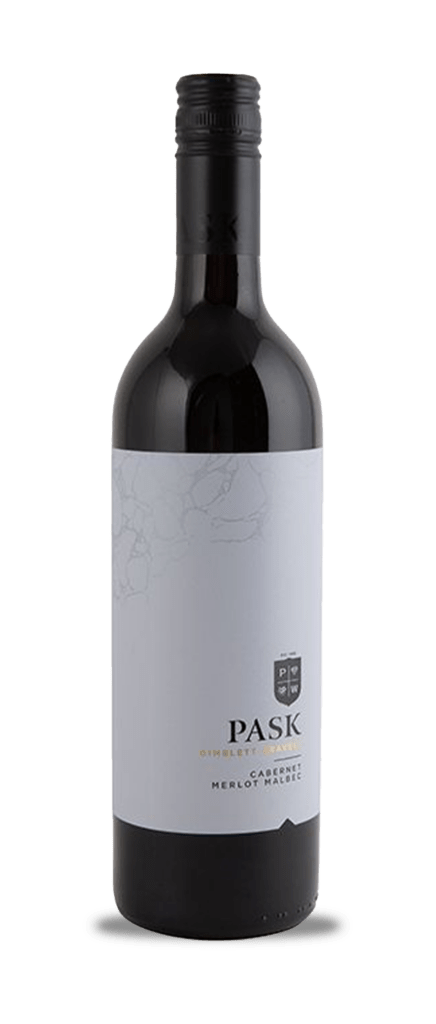
With its marginal climate and free-draining soils, many regions in New Zealand have successfully produced Bordeaux blends. A fine example is Pask’s Gimblett Road Cabernet Merlot Malbec (House of Townend £14.95). Hailing from the Gimblett Gravels wine district in Hawke’s Bay (which isn’t technically a district but a brand – I know, because wine really needs to be made more complicated) the gravel, silts and clay soils force vines to dig deep for nutrients as they do in Bordeaux. The result is a deeply coloured wine with a nose of cassis, green peppers and blueberries. The palate is fresh-tasting and elegant, with abundant black berry fruits offsets by flavours of vanilla, plums, and a savoury, smoked red berry freshness.
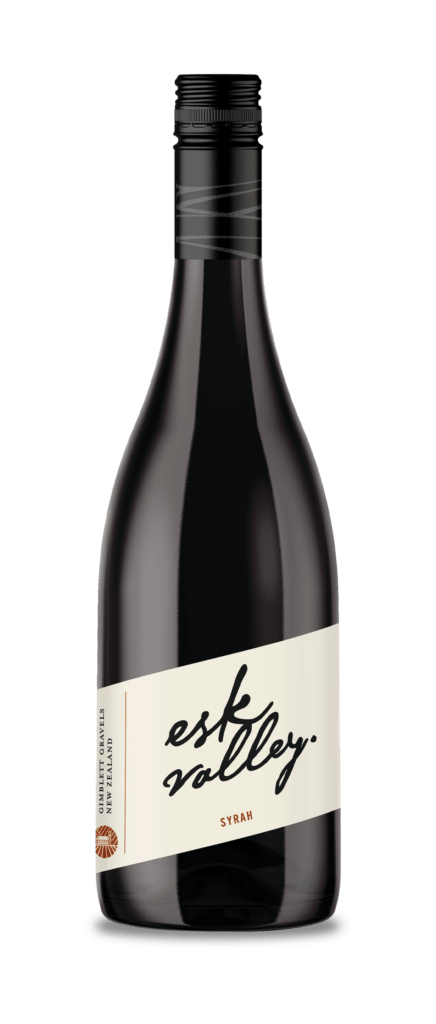
I’ll stay in Hawkes Bay for my next recommendation, the Esk Valley Artisanal Syrah (Noble Green Wines £19.50) though this could hardly be more different. There are relatively few Syrah plantings in New Zealand the quality can be showstopping. Esk Valley’s brilliance shines through, with a wine that offers a bevy of peppered red fruits, black cherries, oriental spices, violets, vanilla, crushed nuts and a lift of berry acidity. This is a glorious take on Syrah, one that is drinking well now but which has the structure and fruit to age and develop.
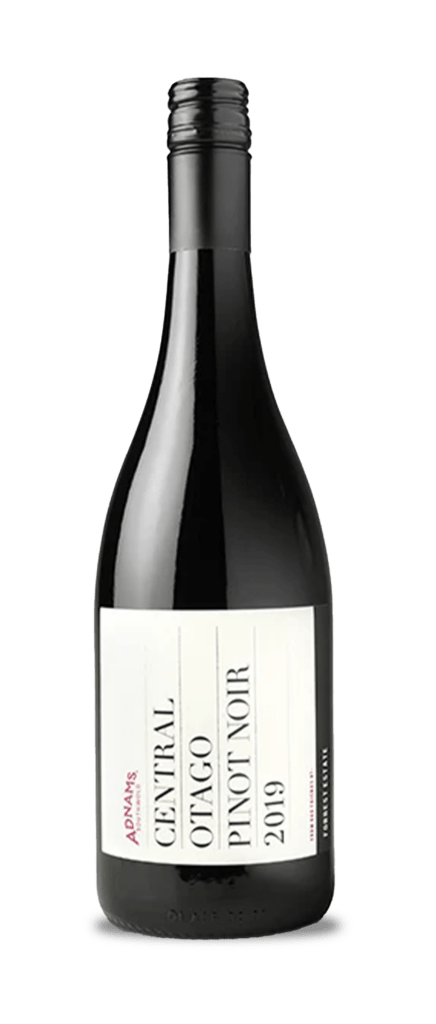
Next is another Pinot, the Adnams Central Otago Pinot Noir (Adnams £19.99). Central Otago used to be the world’s most southerly wine region – that’s now in Argentina, though ask me in 6 months and it will probably be somewhere else! Central Otago is a great, if challenging, place to make any wine, but trying to tame Pinot here must be like herding feral cats. It is worth the effort though. The Adnams offers a delightful blend of red cherry and strawberry fruit with highlights of cranberry and a suggestion of peppermint tea. Medium-bodied, it’s silky with a creamy vanilla note, and the persistence of flavour makes it feel bigger than it is while remaining elegant and precise.
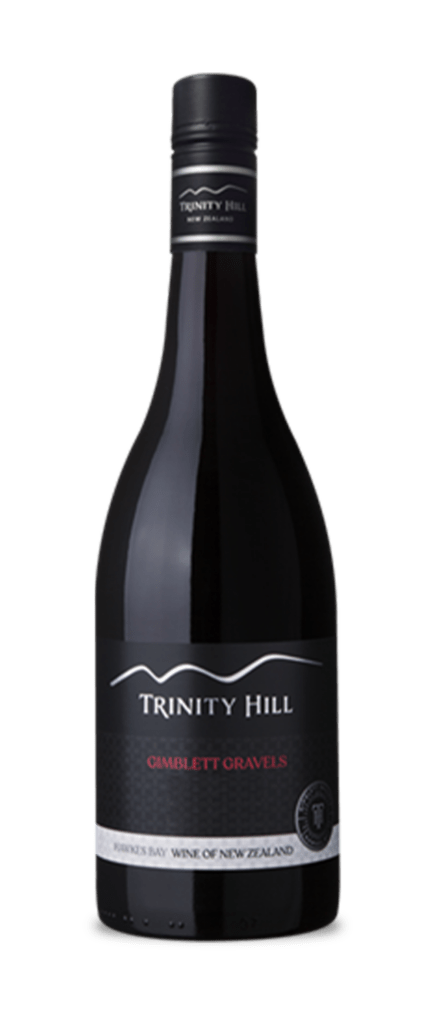
I’ll finish with another leftfield wine, the Trinity Hill Gimblett Gravels Tempranillo (Simply Wines Direct £18.99). For the longest time, Tempranillo was only found in Spain. Despite its quality, it remained in Spain, rather like Sangiovese in Italy. Recently I’ve seen it popping up California, Argentina and now here. Plantings are few, but the potential is phenomenal. Juicy, spicy, and packed with bramble, plum, mulberry, and citrus peel fruit notes, there’s more than a whiff of Rioja about this. On the palate, it reveals itself to be very much its own wine, though. Opulently deep, it flashes between the sweet and savoury as blackberries vie with chocolate, liquorice and herbs. This is a must-try with pan-fried liver or strong hard cheeses.
Well, I hope my top ten new-style New Zealand Wines will inspire you to explore New Zealand’s fascinating and fast-evolving wine scene.
Next time I’ll look at another region that’s challenging traditional perceptions as I take a tour of France’s Roussillon.
More soon…
Giles












Comments